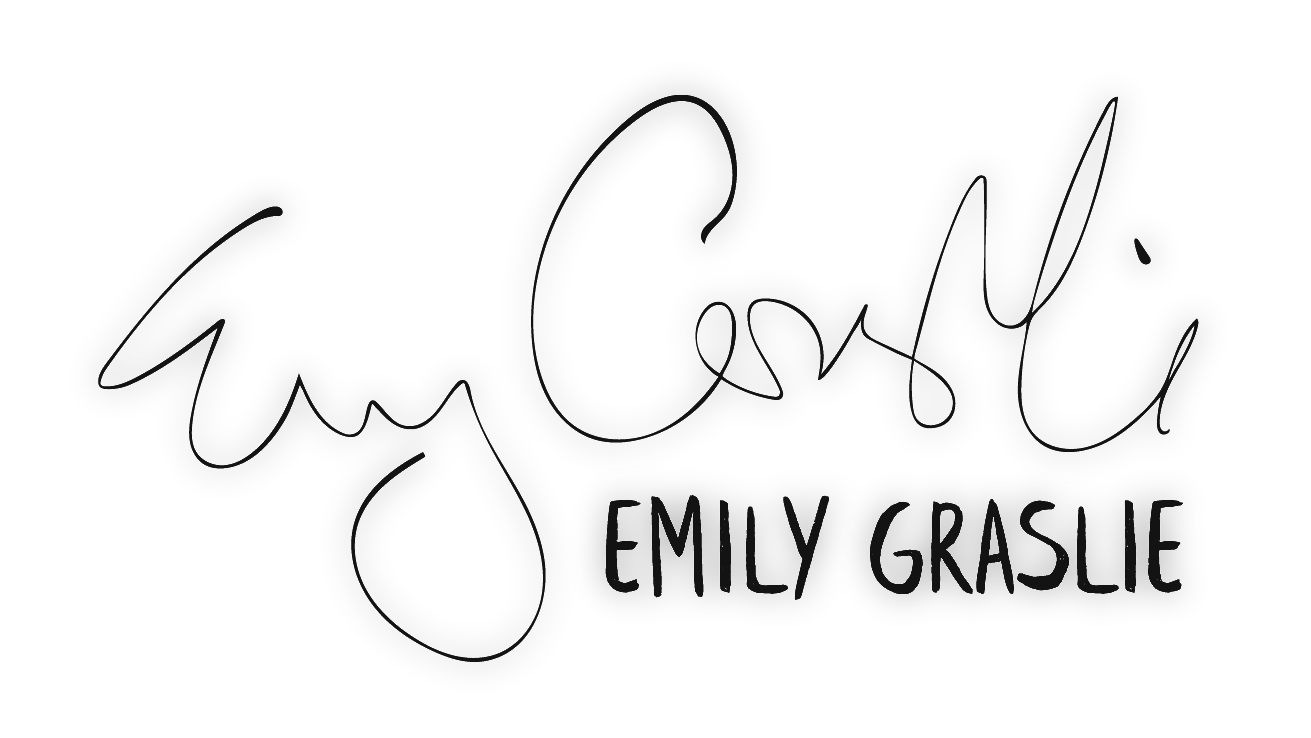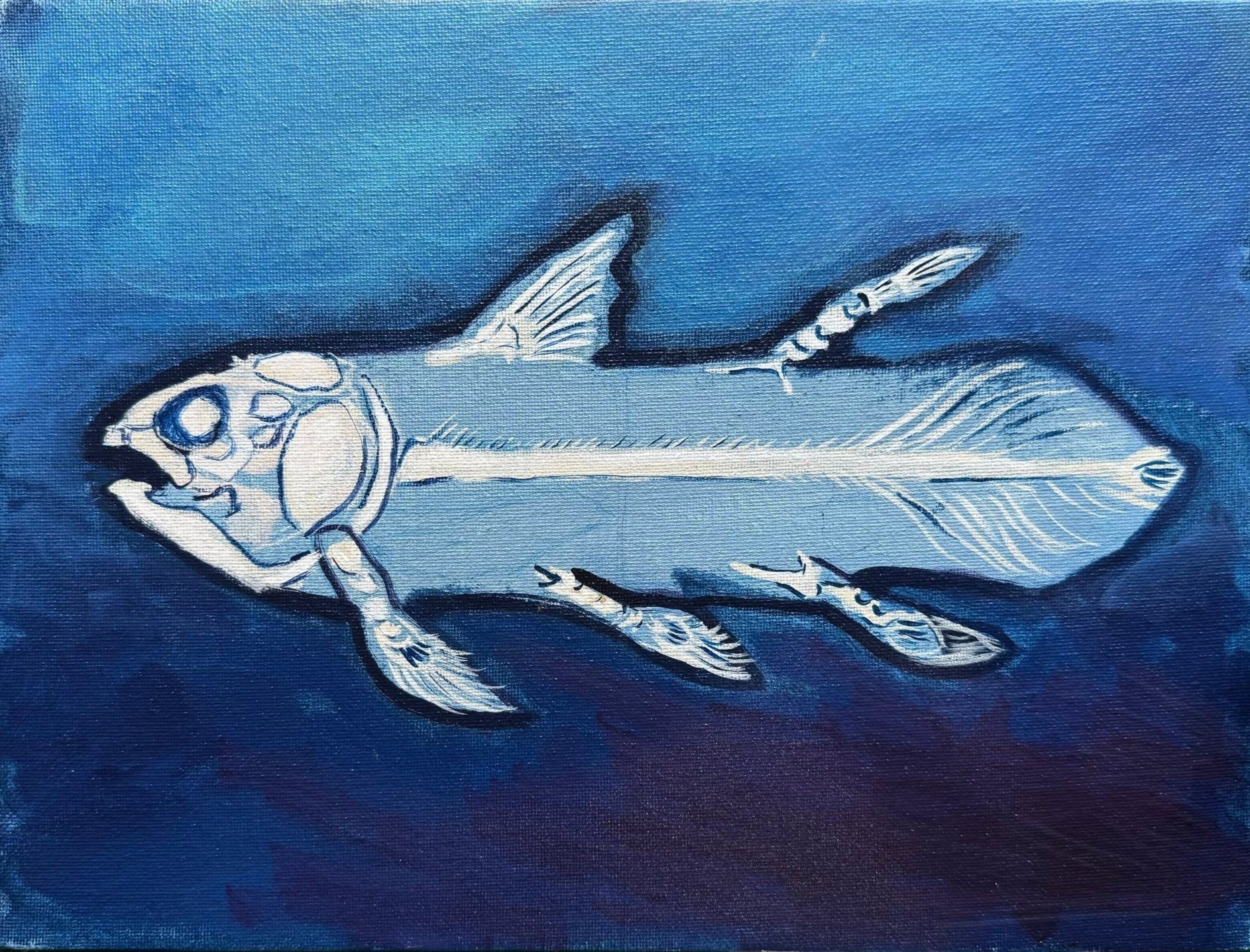ABOUT THE ORIGINAL:
Materials: Acrylic on canvas
Dimensions: 12” x 9”
Paintings are signed on the frame and can be signed on the front upon request. Prints of this painting are also available.
SHIPPING:
Shipping is via UPS and is only available in the continental U.S. at this time. Each painting is carefully packaged in a crush-resistant cardboard box to ensure safety in transit. Shipping fees include materials, handling, and insurance. A signature is required upon delivery.
Please allow 10 business days to process your order.




